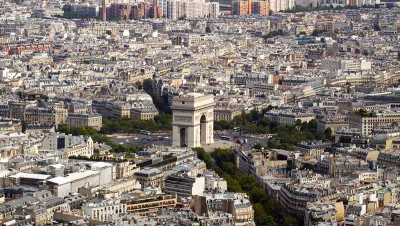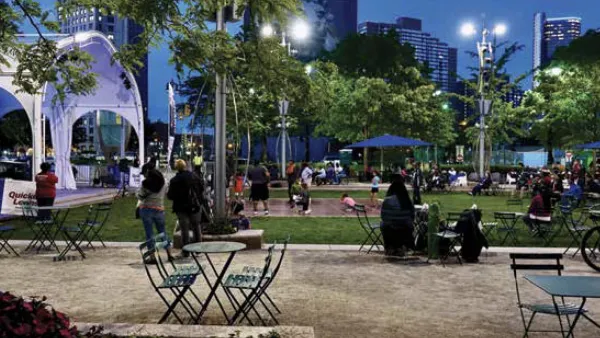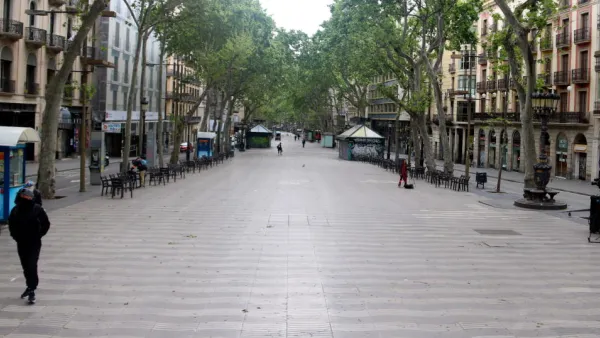Raising the bar on the 20-minute neighborhood model, cities around the world are embracing the appeal of the 15-minute city during the coronavirus pandemic.

Feargus O'Sullivan and Laura Bliss relate a picturesque rendering of Paris, describing the transformation in parts of the city from a car-reliant spiral of streets into a series of self-sustainable communities dedicated to the people rather than cars.
The Minimes barracks, the renovation of the Place de la Bastille, and the now-permanent "coronapiste" bike thoroughfare represent a shift toward "a potentially transformative vision for urban planners: the 15-minute city," as O'Sullivan and Bliss insist, describing an interconnected web of numerous walkable hubs within a city as "replicated, like fractals, across an entire urban expanse."
The authors' article presents the hiring of "proximity city" officials under Mayor Anne Hidalgo's leadership, most notably, Professor Carlos Moreno's rise to the position of "kind of deputy philosopher" of the 15-minute city and the appointment of Carine Rolland as Commissioner for the 15-minute city. O'Sullivan and Bliss show that Paris has doubled down on planning and implementation for a city in which residents have everything they need in close proximity. European centers from London to Barcelona to Milan have also embraced the proximity approach.
"But turning the 15-minute city into a truly global movement will require a big battle over a core urban tension: the primacy of the car," remind O'Sullivan and Bliss.
In the particularly car-reliant city of Detroit (appropriately deemed Motor City) Mayor Mike Duggan's 2016 plan to improve walkability and proximity to essential services under the 20-minute rubric has so far been a modest success. The walkability and bikeability of Portland have also been "celebrated in urbanist circles as a model of U.S. city planning," O'Sullivan and Bliss say.
"Following the unending traumas of 2020, there’s an appealing nostalgia to a renewed emphasis on neighborhoods, even if it addresses only some of the city’s modern challenges," write the pair.
FULL STORY: The 15-Minute City—No Cars Required—Is Urban Planning’s New Utopia

National Parks Layoffs Will Cause Communities to Lose Billions
Thousands of essential park workers were laid off this week, just before the busy spring break season.

Retro-silient?: America’s First “Eco-burb,” The Woodlands Turns 50
A master-planned community north of Houston offers lessons on green infrastructure and resilient design, but falls short of its founder’s lofty affordability and walkability goals.

Delivering for America Plan Will Downgrade Mail Service in at Least 49.5 Percent of Zip Codes
Republican and Democrat lawmakers criticize the plan for its disproportionate negative impact on rural communities.

Test News Post 1
This is a summary

Test News Headline 46
Test for the image on the front page.

Balancing Bombs and Butterflies: How the National Guard Protects a Rare Species
The National Guard at Fort Indiantown Gap uses GIS technology and land management strategies to balance military training with conservation efforts, ensuring the survival of the rare eastern regal fritillary butterfly.
Urban Design for Planners 1: Software Tools
This six-course series explores essential urban design concepts using open source software and equips planners with the tools they need to participate fully in the urban design process.
Planning for Universal Design
Learn the tools for implementing Universal Design in planning regulations.
EMC Planning Group, Inc.
Planetizen
Planetizen
Mpact (formerly Rail~Volution)
Great Falls Development Authority, Inc.
HUDs Office of Policy Development and Research
NYU Wagner Graduate School of Public Service





























